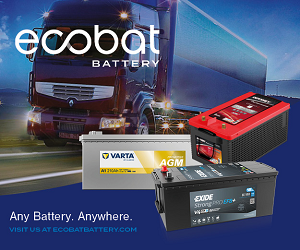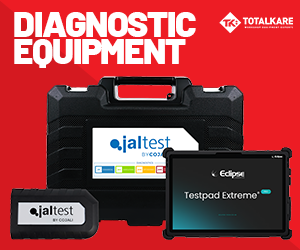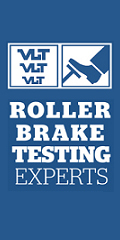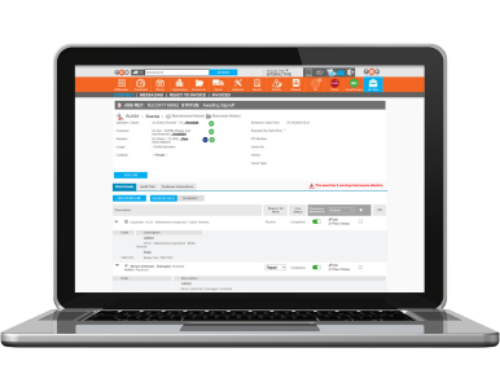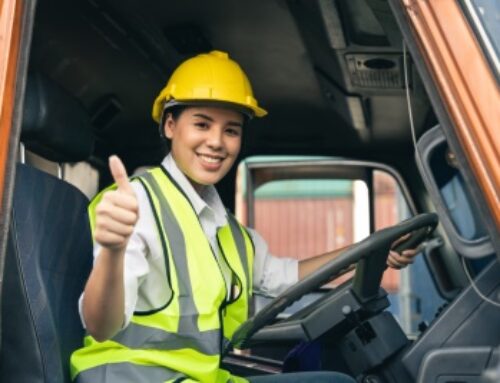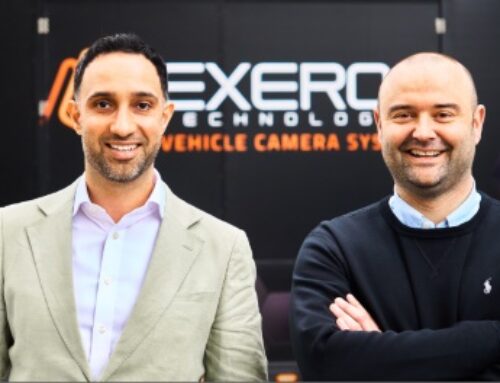Jungheinrich UK’s tips for safer loading bays
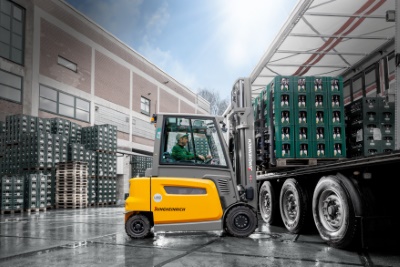 Intralogistics specialist Jungheinrich UK has outlined its perspective on how technology can be deployed to help drive up loading bay safety, and explained its approach to driver-centric forklift design.
Intralogistics specialist Jungheinrich UK has outlined its perspective on how technology can be deployed to help drive up loading bay safety, and explained its approach to driver-centric forklift design.
“Robotics are making an impact across warehouses, but there’s one area that’s still entirely reliant on people: loading bays,” said the company.
“So once the HGV has pulled into the bay, how do you ensure those loading and unloading it remain safe?”
Visibility and speed are, in combination, always the greatest safety challenge in a loading bay environment, the company says.
“Traditionally, operators have had to drive forklifts with an obstructed view of the area around them. And when the roller door to the loading bay is down, neither operators nor pedestrians have any idea what’s behind it.
“But the latest advances in forklifts and systems are giving everyone a much clearer view of what’s happening around them. And when everyone can see more clearly, you can reduce speed and the risk of collision. Recently, visibility has been improved in three key areas.”
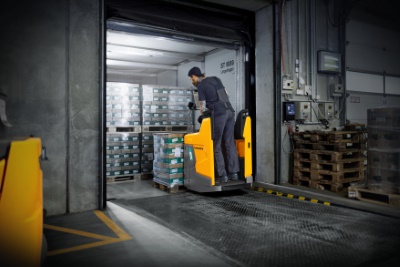 The first area of improvement identified by the company is forklift design. While chunks pillars and mast profiles have traditionally obscured the driver’s view, it says, new designs with narrow pillars and compact lift mast profiles change this.
The first area of improvement identified by the company is forklift design. While chunks pillars and mast profiles have traditionally obscured the driver’s view, it says, new designs with narrow pillars and compact lift mast profiles change this.
“In combination with a panoramic roof, the latest generation of trucks offer all-round visibility far beyond that available in earlier generations of forklifts,” said Jungheinrich UK.
Cameras are another source of improved visibility, the company says, pointing out that no matter how much you refine the lines of a forklift, its nature means that there will always be things an operator can’t see.
“Cameras on forklifts aren’t new – they’re been helping operators achieve accurate pallet positioning at height, for example, for years. But the sheer breadth of camera views (and the quality of the images) now available to operators is new. And it’s helping to bolster safety as well as improve efficiency.
“The latest camera systems, for example, have HD cameras with wide viewing angles that present an image that’s just as clear in the light as in the dark.
“360° views ensure operators always know what’s happening around them. And specific people detection camera systems not only detect nearby pedestrians and issue an audible alarm; they activate signal lamps at the initial warning stage then, at a second, high-alert stage, they automatically drop the truck to crawl speed until the danger is passed.”
While the above are having a significant impact on operator safety, says the company, loading bays and other warehouse areas present a third area of potential collision.
“Imagine the specific point at which a pedestrian leaves the loading bay just as a pallet truck arrives on the other side of the shutter. No camera angle can see through the bay door. But a modern zone control system effectively can.
“A zone control system uses digital ‘anchors’ placed at high risk areas. As a truck reaches the high risk zone, the anchor module triggers the gate opening and automatically slows the truck to a crawl to avoid collisions.
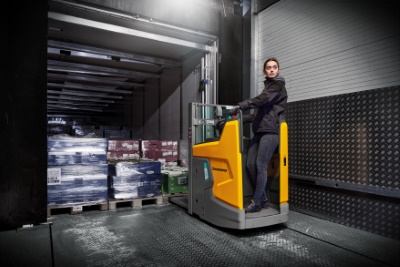 “Entry can be made truck-specific, so trucks not intended for the loading bay can’t trigger the door (and therefore can’t be involved in a collision). And wearable ‘person tags’ can provide additional protection to individuals on the warehouse floor, so when a truck and pedestrian are both at risk points at the same time, everyone is notified.
“Entry can be made truck-specific, so trucks not intended for the loading bay can’t trigger the door (and therefore can’t be involved in a collision). And wearable ‘person tags’ can provide additional protection to individuals on the warehouse floor, so when a truck and pedestrian are both at risk points at the same time, everyone is notified.
“Loading ramps are some of the highest risk areas in any warehouse. But with new technology, HGV drivers, forklift operators and pedestrians can all perform their tasks in greater safety.”
Jungheinrich UK also highlighted how redesigning forklifts from a driver-centric perspective can make a practical difference on the loading bay floor.
“You might imagine that there’s not much room for improvement when it comes to HGV loading and unloading processes,” said the company.
“As every HGV operator will know, the process has been refined and refined to such an extent that it can be done in minutes and have them back on the road before they’ve barely had time for a cup of tea.
“But process improvements are getting harder to find, simply because, after years of incremental refinement, it becomes harder to eke out the next gain.
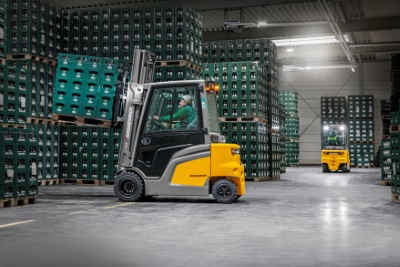 “That’s why some forklift manufacturers have switched tactics to consider elements of design that look beyond the process.”
“That’s why some forklift manufacturers have switched tactics to consider elements of design that look beyond the process.”
When you look at improvements from a driver experience perspective, the firm says, it’s surprising what becomes clear.
“You realise, for example, how much more efficiently and speedily a driver can navigate when they can see more of what’s around them. Redesigning the flt cab with narrow B-pillars and compact lift mast profiles becomes a natural choice.
“Add a panoramic roof and you give the driver significantly improved all-round visibility that helps them load and unload HGVs safer and faster.
“Driver comfort is important too, because a driver whose knees are crushed against the cab wall won’t be as efficient as a driver working in comfort. Ergonomic factors such as a generous footwell, narrow steering column and lots of customisability ensures every operator has the knee and legroom they need.
“These were the approaches we brought to our development of the 3,500kg-load capacity EFG Series 4 electric four-wheel forklift truck. It recently won ‘Best of the Best’ in the Red Dot Design Award, the internationally renowned award for product and industrial design.”
Said the award jury: “The EFG Series 4 forklift trucks prove that even a hundred years after the invention of the forklift truck, it is still possible to significantly improve driving comfort and handling performance.”
Till Muhl, head of industrial design at Jungheinrich, added: “For us, people are at the centre of the design. We have to deal with a variety of different user perspectives, all of which we treat with the necessary respect. [Designing around drivers enables us] to maximise the safety and performance of the truck.”



